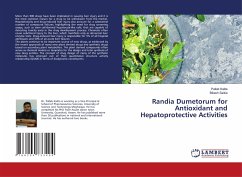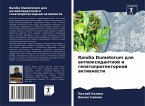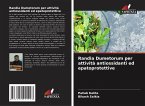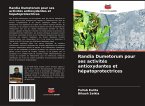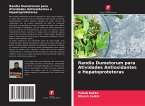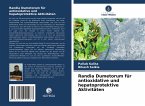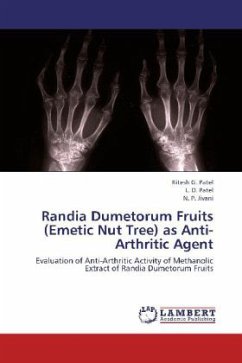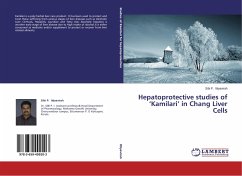More than 900 drugs have been implicated in causing liver injury and it is the most common reason for a drug to be withdrawn from the market. Hepatotoxicity and drug-induced liver injury also account for a substantial number of compound failures, highlighting the need for drug screening assays, such as stem cell-derived hepatocyte-like cells, that are capable of detecting toxicity early in the drug development process. Chemicals often cause subclinical injury to the liver, which manifests only as abnormal liver enzyme tests. Drug-induced liver injury is responsible for 5% of all hospital admissions and 50% of all acute liver failures . The plants continue to be important source of new drugs, as evidenced by the recent approvals of many new plant derived drugs and synthetic drugs based on secondary plant metabolites. The plant derived compounds often serves as chemical models or templates for the design and total synthesis of new drug entities. The concept of drug design of many of the synthetic molecules has emerged out of their quantitative structure activity relationship (QSAR) in terms of biodynamic constituents.
Bitte wählen Sie Ihr Anliegen aus.
Rechnungen
Retourenschein anfordern
Bestellstatus
Storno

